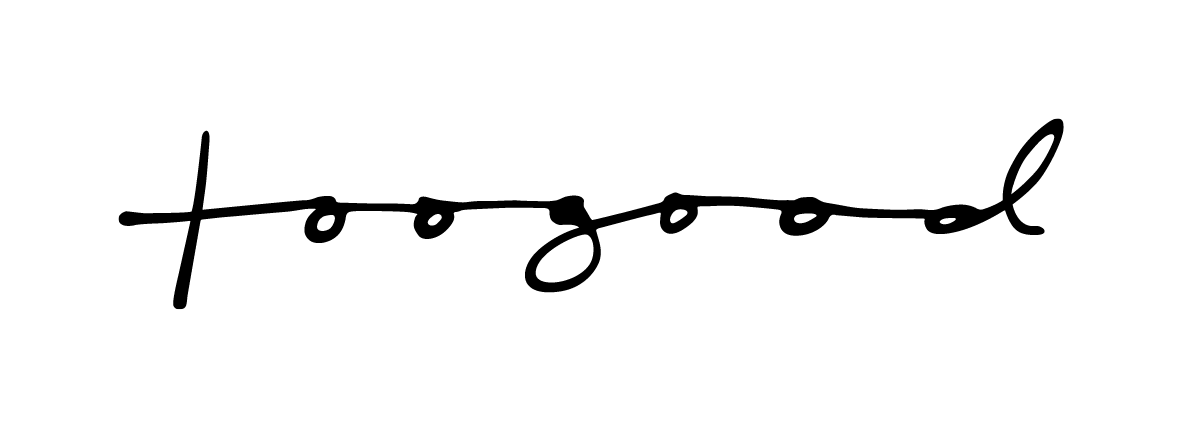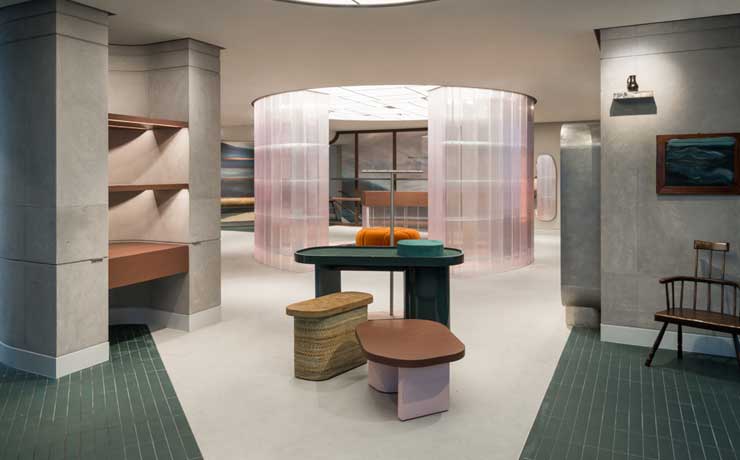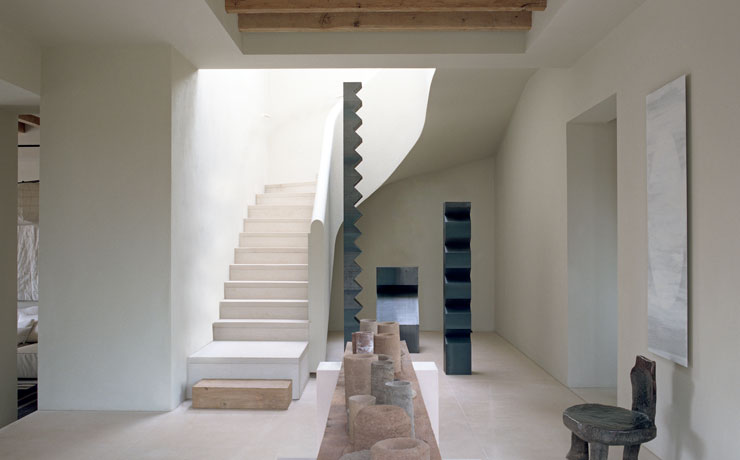2019年12月
フィナンシャルタイムズ
文:キャロリン・アソム
ファッション写真: トーマス・クックシー
ドレスとモルタル:建築とファッションを融合させたデザイナーたち
バッグと建物には、あなたが思っている以上に多くの共通点があります。
ファッションと建築は長い間、互いに賞賛し合ってきた。ドルチェ&ガッバーナが2012年春夏コレクションで、ビーズをふんだんにあしらったドレスの裾にノートルダムのステンドグラスをあしらったのもそうだし、バレンシアガが2008年春夏コレクションで、ビルバオのグッゲンハイム美術館をフリルの渦巻きで再解釈したのもそうだ。建築家のフランク・ゲーリーはジュエリーをデザインしたことがあるし、トム・フォード、ヴァージル・アブロー、ピエール・バルマンなどのデザイナーは皆、ファッションデザインに転向する前に建築を学んでいた。バルマンはかつて、ドレスメイキングを「動きの建築」と表現したこともある。
ファッションデザイナーのロクサンダ・イリンシックは、建築家としても訓練を受けた。「家をデザインするとき、それはあなたを守る避難所としてそこにあります。…それがまさに私が服に注ぎ込もうとしていることです」と彼女は、長い裾、長い袖、ハイネック、そして色彩豊かな彫像のようなシルエットが特徴のドレスについて語る。「私は自分のドレスを一種の避難所だと考えています」
しかし現在、こうしたクロスオーバーはかつてないほど顕著になっている。セルフリッジのウィメンズウェアおよびメンズウェア部門責任者、ボッセ・マイア氏によると、「さまざまな分野に対する私たちの考え方は、以前ほど区分化されていません。私たちは、建築家や建築事務所の幅広い考え方と重要な類似点を持つアプローチをとる、博識なデザイナーたちの新しい一団に注目しています」。マイア氏は、ウィメンズウェア デザイナーのオメル・アシム氏をそのようなブランドの 1 つとして挙げている。同ブランドの作品は、シャープな仕立てで本質的に建築的であり、ドレスにはハーネス ボディスが付いており、袖は角張っており、トップスは彫刻のような質感がある。
バッグブランド「M2Malletier」の創設者メリッサ・ロサダにとって、バッグのハードウェア(金属のディテール)にインスピレーションを与えたのは、スペイン最古のセメント工場と、バルセロナ郊外にある彼女の義父の建築会社の敷地でした。
かつての工場の、格納庫ほどの部屋とどこにもつながっていないシュールレアリスト的な金属製の階段を備えた、荒々しいコンクリート造りの壮大さは、彼女の誰もが欲しがるバッグの、特徴的なバーのような金具に巧みに表現されている。あからさまなブランディングの時代にあって、彼女はこう語っている。「ロゴは欲しくなかった。ただ、私のブランドとなる幾何学的で建築的な金具を作りたかっただけ。」 独特なロゴのない外観のハンドバッグブランドがもうひとつ、Tsatsas だ。建築を学んだ Esther Schulze-Tsatsas と工業デザインを学んだ Dimitrios Tsatsas によって 2012 年に設立されたこのレーベルの洗練されたデザインは、柔らかさと構造のコントラストを巧みに利用しており、デザイン、ファッション、アートの融合からインスピレーションを得ている。
美的影響はさておき、はるかに小さなスケールで何かを作るという難しさ、そしてファッションとジュエリーの即時性が、建築家をファッション分野に引きつけ続けている。「建築プロジェクトは、大規模なチームが関与する非常に複雑なものになりがちです」と、2015年にマラ パリを設立した、建築家からジュエリーデザイナーに転身したアイカ オズバンク タスキャンは言う。「さまざまな段階を経て、最終結果が見られるまでには、通常何年もかかります。イヤリングのデザインは、非常に小さなチームで非常に速いペースで行うことができます。1年以内に2つのコレクションを準備し、手に取って着用されているのを見ることも可能です。これは非常にエキサイティングで、現代の生活のリズムにより適していると思います。」
それぞれのプロジェクトで、タカンは新しい素材や技術を発見する必要があります。「私のデザインは、見た目が美しく、機能も優れている、身に着けられる彫刻だと考えています」と彼女は、なめらかで曲線的なデザインについて語ります。「両方の分野のスキルには多くの類似点があると思います。」
デンマーク出身の建築家でジュエリーデザイナーのサラ・ミュラーツにとって、キンラデンの立ち上げは、別のデザイン媒体を探求したいという好奇心と、さまざまな素材で作業する機会から始まりました。彼女はミニマルなデザインに、認証された森林から採取した黒いムピンゴの心材「ダイヤモンド」と、リサイクルされた金と銀を使用しています。「金や銀をこれ以上採掘する必要はありません。十分にあります」と彼女は言います。ミュラーツは、衣服よりもジュエリーを作ることが自分に適した媒体だと言います。「優れた建築と同じように、ジュエリーは長い間モダンである必要があります。ファッションは非常に短期的ですが、私はどうすればより長く関連性のあるものを作れるかを考えたかったのです。そして私にとってそれは本当に魅力的でした。まるで小さな建物を作るようなものでした。」
そして、デザインに永続性を吹き込む必要があるのは彼女だけではない。イーストロンドンを拠点に多方面で活躍するデザイナーで、妹のエリカとレーベル Toogood を手がけるフェイ・トゥーグッドは、インテリアや陶器の作品と同じような厳しさを服のデザインにも適用している。「出発点とコンセプトがなければ、それはただの物で、意味も根拠もありません。インテリア建築の作品でも同じことをしています。」
服をデザインするとなると、彼女はすぐに、シルエット、幾何学、形を、インテリア重視の作品と同じように見ていることに気付きました。「姉はパターンカッターとして訓練を受けていましたが、私は縫い目に疑問を抱いていました。なぜ襟が必要なのか、なぜ特定の長さでなければならないのか、もう少し短ければ簡単ではないのか、と自問していました。そして最終的に、私の疑問が姉の仕事のやり方にも変化をもたらしました。」
トゥーグッドの服(もともとはファッションに興味はないがデザインには興味がある友人たちのために作ったもの)は、トレンドを追った服ではなく、機能的な作業服からインスピレーションを得ている。しかし、単に古い作業服をリメイクするのではなく、その領域には存在しなかった形を創り出し、古典的な実用的な作業用ジャケットや画家のオーバーオールを進化させた。フィレンツェを拠点とするリネンブランド、ワンス・ミラノとのコラボレーションにより、古典的なボタンアップのパジャマをアップデートし、ズボンは股下を落とし、裾を短くして新しくした。
「それは形とディテールを通して実現します」とトゥーグッドは言います。「しかし、それは素材を通して実現することもできます。ファッション生地を使わなければならないのか、室内装飾技術を使用できるのか、アーティストのキャンバスを使ってそれを作り、その上に絵を描くことができるのか、などを考えます。私たちは、ファッションコレクションに期待されるものの境界と限界を押し広げようとしています。」
ミュラーツ氏にとって、キンラデンでの取り組みは、循環型経済のビジネスを創出することで影響を与える機会でもありました。彼女は、持続可能性は「大企業組織よりも小規模で取り組む方がはるかに簡単」だと言います。キンラデンという名前も、近親者を意味する古い英語の言葉であることから選ばれました。「多くの人が、優れたデザインだけでなく、会社の価値観や考え方も受け入れたいと思っています。良くも悪くも、私たちは同じ地球を共有しているのです。」
これらの建築家たちにとって、デザインは創造的な表現手段であり、ミュラーツは建築プロジェクトと並行してデザインを探求し、そこから生まれる相乗効果を熱望しています。「ジュエリーと建築の両方を、さまざまな仕事と視点を提供してくれるので、これからもずっと続けていくと思います。」
「ファッションへの欲求はすぐに薄れてしまいます」とトゥーグッド氏は言う。「ファッションは移り変わりが早いのは明らかです。建築家にとって、長く愛用できる服や満足感は疑いようがありません。私たちは、パターンのアーカイブからそれを実現しようとしています。古くからの友人である服が捨てられないようにしたいのです。」
記事全文は、 こちらから現地でご覧ください。


